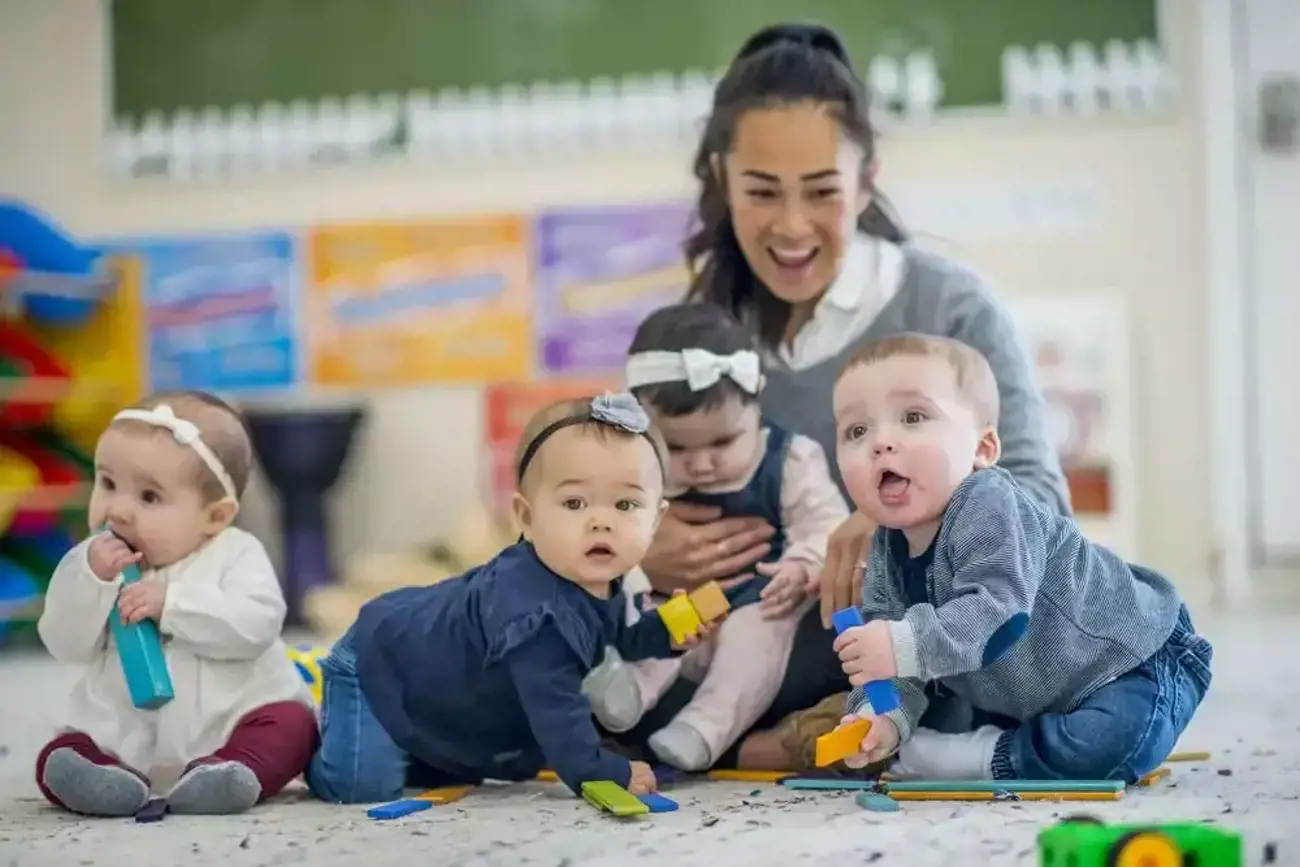Loose parts play is a fantastic way for children to re-imagine everyday objects and choose their own learning adventure. It offers limitless opportunities for play and there are many loose parts play benefits for youngsters, so let's look at what loose parts play means in practice.
What is loose parts play?
Loose parts play involves children adapting and manipulating materials that aren't fixed together. Instead of playing with a specific toy, children pick up different items that take their fancy and use them to experiment, explore and imagine. Loose parts can be moved, carried, combined, redesigned, lined up, taken apart and put back together in lots of different ways, so they offer open-ended play with no predetermined outcomes or 'correct' way to interact with the materials. This is beneficial for the developing brains and skills of young children and here are some great reasons to take a loose approach to play:
-
Loose parts play boosts children's imagination and creativity as well as social and emotional skills
-
It develops their critical thinking, problem-solving and negotiation skills, where a piece of cardboard doesn't fit in the wooden ring, they can work out how to fold it
-
It hones their fine motor skills and competence by matching, ordering, pairing, stacking, filling and emptying. Loose parts can also improve gross motor skills
-
It introduces children to the concepts of volume and capacity by testing whether a pebble will fit in the ice cube tray
-
It is flexible and keeps pace with children's development where a baby, toddler and preschooler will all use a cardboard box differently
-
It can reduce children's consumption of bought toys and screen time, and, instead, puts the focus on reusing and recycling found objects and loose parts can even be collected from an outdoor learning environment
-
There is no right or wrong way for children playing with loose parts, they are using their own ideas, improving self esteem
-
It provides hours of entertainment in a learning environment!
What are some examples of loose parts?
The good news is that loose parts are open ended materials and easy to source at a low, or zero, cost. They can be rescued from the recycling bin, collected from your local park or rustled up around the home. Loose parts can be hard or soft materials, natural or synthetic, and some examples include:
-
Different sized containers, lids and cardboard boxes
-
Kitchen utensils, e.g. wooden spoons, honey dip sticks and tongs
-
Pegs
-
Plastic bottles and bottle caps
-
Wooden blocks and rings
-
Cotton reels
-
Keys and chains
-
Large and small buckets
-
Flowerpots
-
Tyres
-
Rope
-
Pop sticks
-
Ribbon and different types of fabric
-
Pebbles, stones and gravel
-
Shells
-
Feathers
-
Pine cones, acorns and seed pods
-
Sticks and wood pieces
There is also the option of buying loose parts from specialist stockists, that sell things like wooden trees and eggs, rainbow blocks, reflective spheres, woollen pompoms and large coconut shell buttons.
Does your child's age matter?
Yes. Infants, toddlers and some preschoolers like to 'taste' things, so it's important to tailor loose parts to their age to prevent a risk of choking. If your child likes to put things in their mouth, then choose loose parts that are large and no matter their age, make sure you supervise your child's loose parts play.
What is heuristic play?
Heuristic play is a lot like loose parts play, except it uses small items and not large ones, like cardboard boxes, tree stumps, tyres and buckets to encourage creative thinking. 'Heuristic' comes from the Greek word 'Eurisko' which loosely means, 'Discover by doing' or 'learn by doing' and as with loose parts play, heuristic play encourages children to use their five senses to understand aspects of daily life and see how things can be used in different ways. For example, a wooden peg can hang up Daddy's sock, attach a feather to a twig or become a little person in their shell garden. The wrap-up from all this is that loose parts play is a fun and enriching way to breathe new life into simple items and build young imaginations through abstract thinking. Everybody, it's time to get loose!
References
4E's Consulting - Exploration through Heuristic and Loose Parts Play
First Five Years - Boost imagination with 'loose parts' play


































